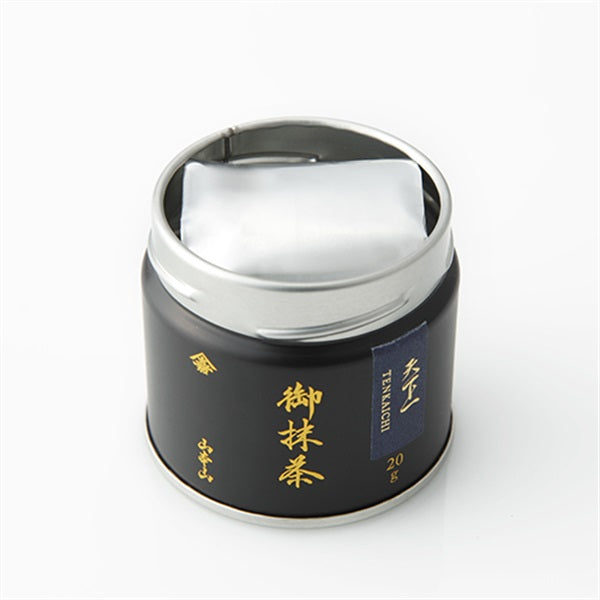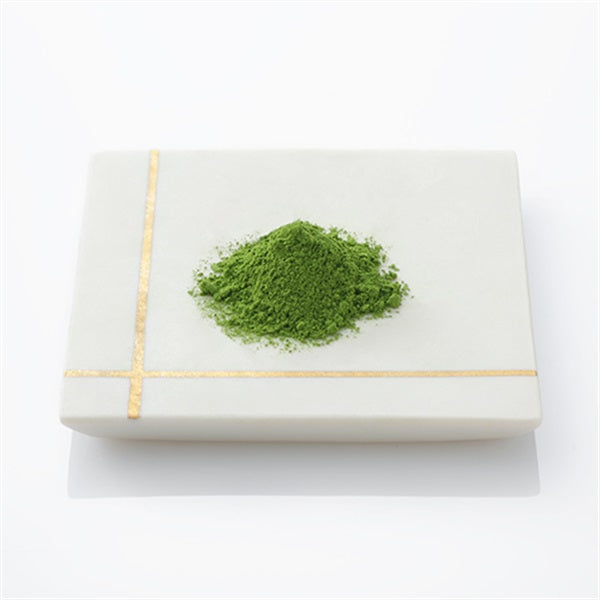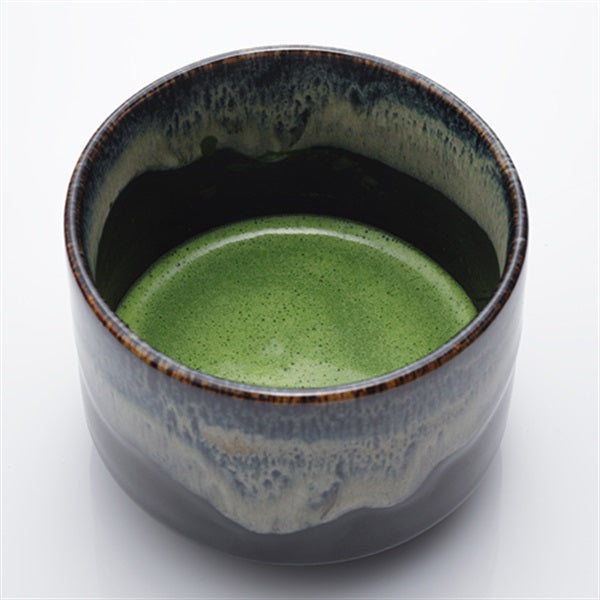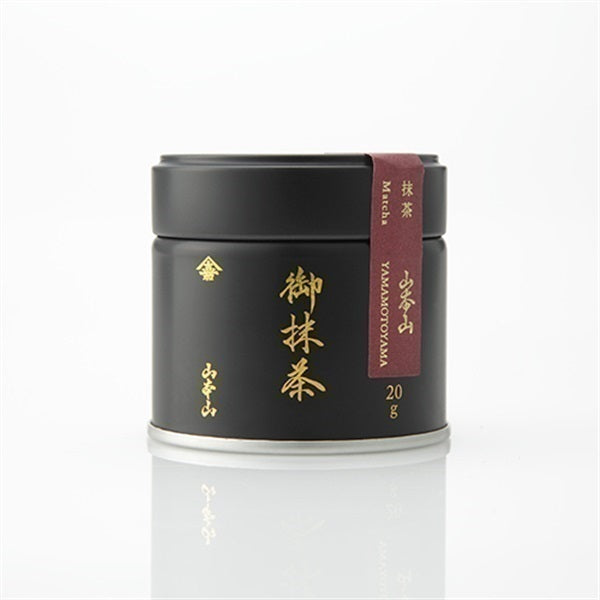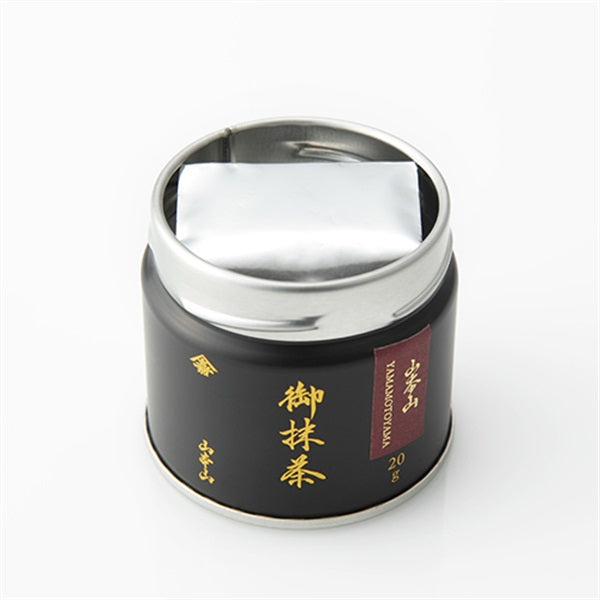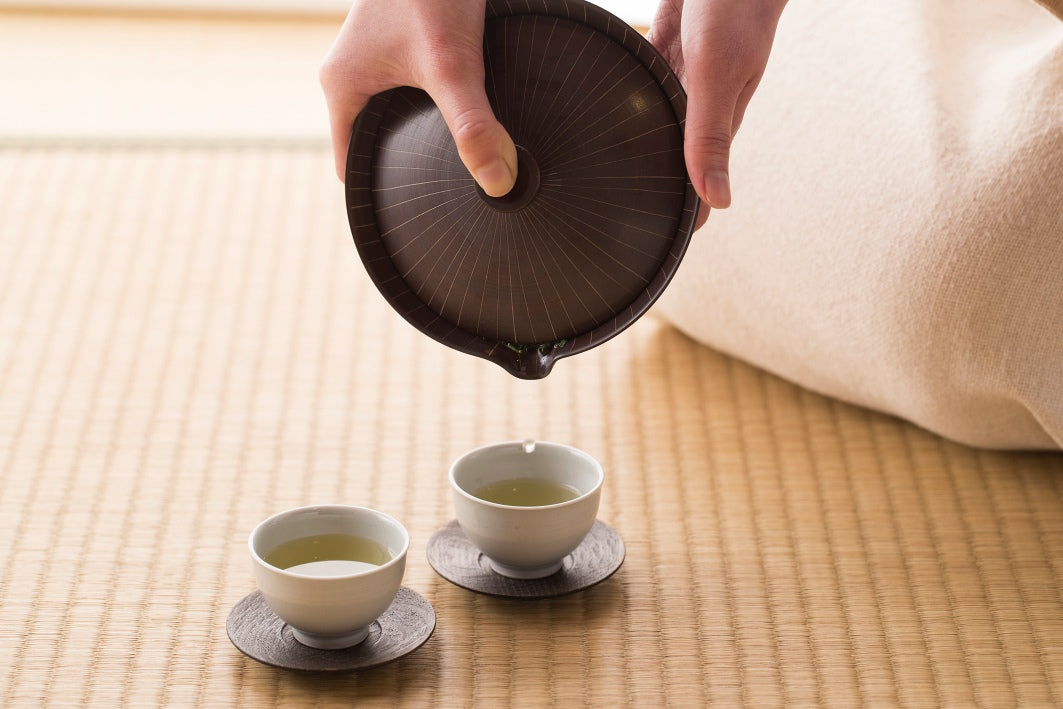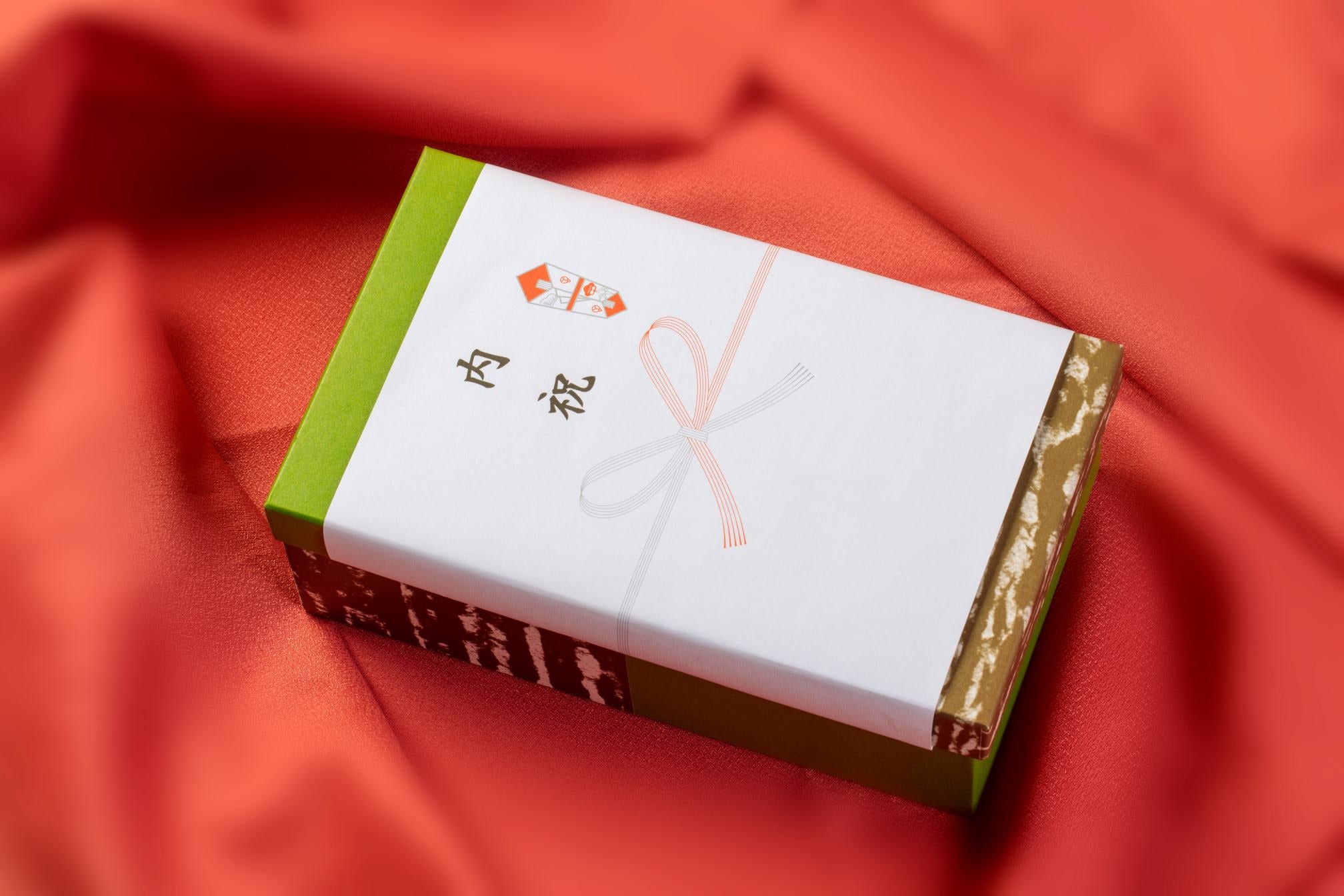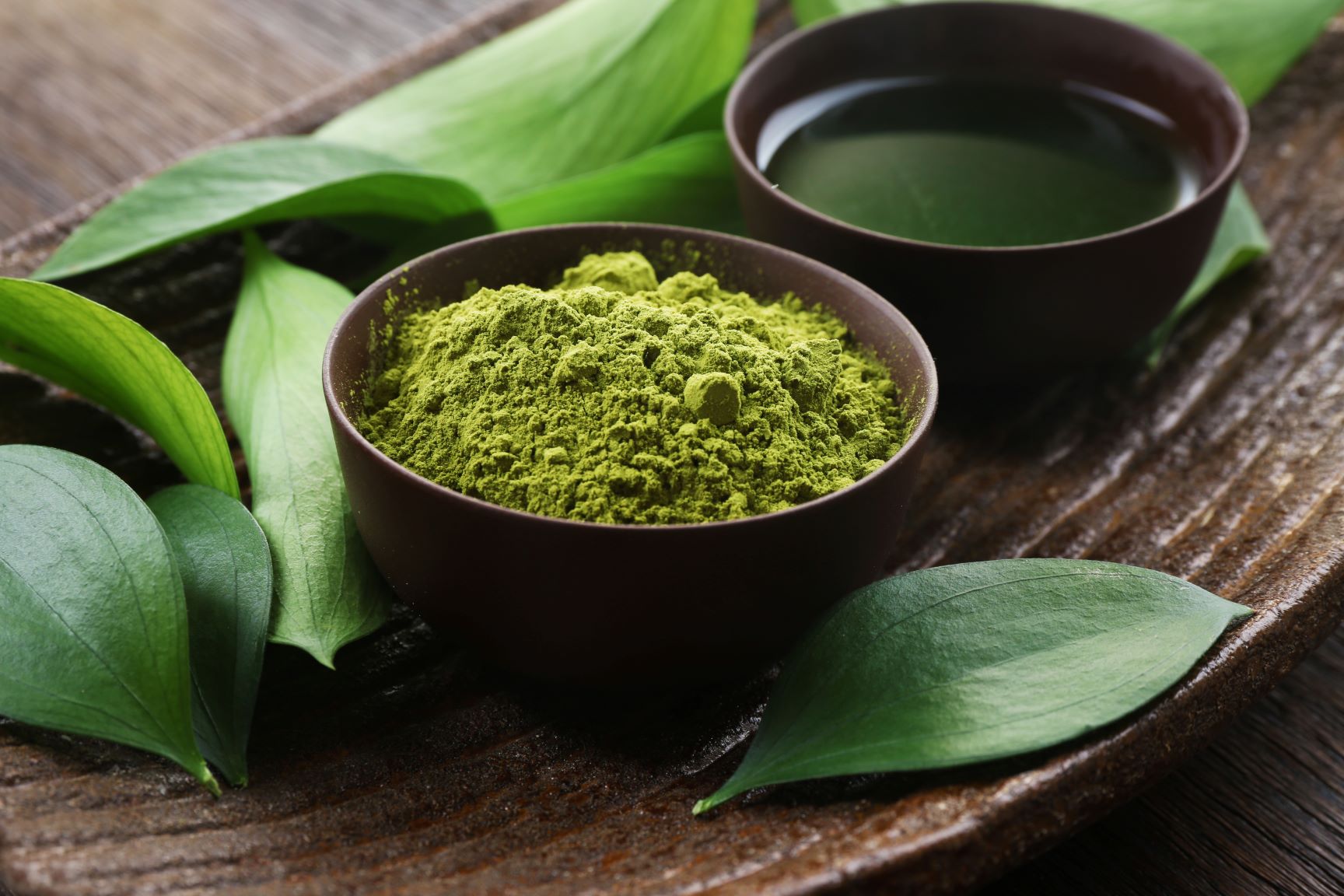
Matcha vs Green Tea! Comparing the differences and health benefits of each!
Introduction
I am often asked what the difference is between matcha and green tea, and whether matcha is just powdered green tea. To be precise, green tea is a general term for varieties such as gyokuro, sencha, and hojicha, and matcha is a type of green tea.
When most people think of "green tea," they are generally referring to sencha, so this time we will be introducing the difference between "green tea" (i.e., general sencha) and matcha.
Both sencha and matcha are made from the same tea plant, but they differ in many ways, including ingredients, manufacturing methods, taste, aroma, history, and culture.

The difference between matcha and green tea
1. Differences in tea cultivation methods
Although both teas are made from the same tea plant, green tea is made using tea leaves that are exposed to plenty of sunlight right up until they are picked.
On the other hand, matcha uses tea leaves called tencha. Tencha is tea leaves that are grown under cover and away from direct sunlight for at least 20 days before picking. The tea leaves used for gyokuro, which is characterized by its rich flavor, are grown in the same way as tencha.
This process makes the leaves softer, less bitter and astringent in taste, and more vibrant and rich in color.

2. Differences in the processing methods after picking
Green tea is made by steaming the leaves immediately after picking to stop the activity of the enzymes in the leaves. (Steaming is the most common method, but roasting in a pot is also an option.)
After that, they are dried and rolled, and then shaped into products. This rolling process damages the surface of the leaves, making it easier for the tea flavor to infuse.
On the other hand, for matcha, as mentioned earlier, the tea leaves are grown under cover for more than 20 days, then picked and steamed to stop the activity of the enzymes. Up to this point, the process is the same as for sencha, but after that, the tea leaves are not rolled. After drying without rolling, the leaves are ground in a stone mill into powder.
The reason for not kneading is simply that it is not necessary because the tea leaves are then ground in a stone mill. However, because the tea leaves are not kneaded, tencha tea leaves remain flat, unlike gyokuro and kabusecha, which become needle-like as they are rolled. 
3. Differences in taste and aroma
Green tea is made by heating the tea leaves immediately after picking to stop the activity of enzymes. This allows the fresh flavor of the tea leaves to be locked in. Although it has a slight astringency, it is balanced with the umami flavor, making it easy to drink.
On the other hand, matcha is characterized by its rich flavor and mellow sweetness.
It has a bitter taste compared to green tea, but is characterized by a deep, full-bodied flavor that is both refreshing and mellow. The higher the quality, the more vibrant the green color.

4. Nutritional Information
Matcha has been attracting attention because it is richer in nutrients than green tea, especially in terms of lutein and vitamin K, which are found in small amounts in green tea.
Other than that, its nutritional components are not significantly different from those of sencha, but one major difference is that, unlike sencha which is boiled in hot water, the tea leaves can be consumed as is.
In addition to the catechins and theanine contained in tea leaves, you can take in all the nutrients such as water-insoluble B-carotene, vitamins A, E, K, and dietary fiber.

Why Matcha is More Nutritious than Green Tea
Matcha is made from the whole green tea leaf ground into a fine powder, which means you can consume the entire leaf, including the veins that are usually discarded when brewing green tea.
The veins of the leaves are rich in nutrients such as lutein and vitamin K, so it can be said that matcha is more nutritious.

Main nutrients and effects of matcha
- Lutein: Found in large amounts in the retina of the eye, it protects the eyes from blue light. It is expected to be effective in preventing presbyopia and macular degeneration.
- Vitamin K: An essential nutrient for maintaining bone health. It promotes bone formation and helps prevent osteoporosis.
- Catechin: Highly effective as an antioxidant, it is expected to be effective in preventing lifestyle-related diseases.
- Theanine: Has a relaxing effect, helping to reduce stress and improve sleep quality.

Matcha has a high caffeine content
Another feature of matcha is that it contains a lot of caffeine.
Of course, sencha tea also contains caffeine, but the amount of caffeine per cup is surprisingly low.
On the other hand, unlike sencha, matcha often uses new buds which have a high caffeine content, and unlike sencha, the tea leaves can be consumed as is, so the caffeine content is about three times higher than that of sencha.
In recent years, there has been a lot of coverage about the dangers of excessive caffeine intake, but caffeine itself also has many positive effects, such as increasing concentration and relaxation.
The maximum daily intake of caffeine is said to be 400mg, which is about 20 cups of sencha or 8 cups of matcha.

5. History and Culture
Green tea has a very long history, having been introduced from China during the Nara period. Unlike today, tea was drunk at that time as a medicine to help people recover from illness.
Later, during the Edo period, it began to be cultivated all over Japan, and tea culture spread among the common people. The sencha that we are familiar with today is the tea that was born in Japan during the Edo period.
On the other hand, matcha is said to have been introduced to Japan during the Nara and Heian periods along with the tea culture that flourished in China during the Song dynasty. At first, it spread mainly among Zen temples and samurai society, but later, during the Warring States period, when Sen no Rikyu perfected the tea ceremony, tea became familiar to the common people as well.

summary
What do you think? Green tea and matcha are teas with different characteristics in terms of ingredients, manufacturing methods, and the history they have cultivated.
Matcha has a rich flavor and deep aroma. On the other hand, green tea is characterized by its refreshing taste and ease of drinking. Both are good for your health, so please try drinking some tea to relax.




